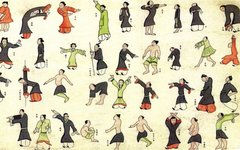

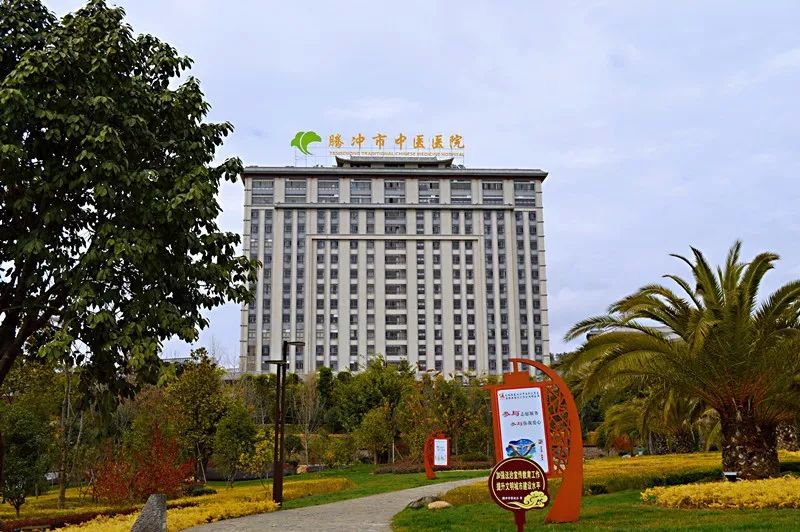

Daoyin also known as “Dao Yin”. “Dao” refers to “guiding qi”, harmonizing the qi; “Yin” refers to “leading the body”, making the body supple. Daoyin is an ancient Chinese health-preserving technique that combines breathing exercises (Dao) and body movements (Yin), promoting health by facilitating the flow of blood and qi through movements of the body and breath, often combined with practices such as breath retention, mindfulness, swallowing saliva, and self-massage. Daoyin originated in ancient times and was already very popular during the Spring and Autumn and Warring States periods. Taoism inherited and developed it, considering Daoyin an important method for refining the body. In recent years, with the development of traditional Chinese medicine and changes in health concepts, Daoyin has become increasingly popular among the public, serving as an important means for strengthening the body and preventing and treating diseases.
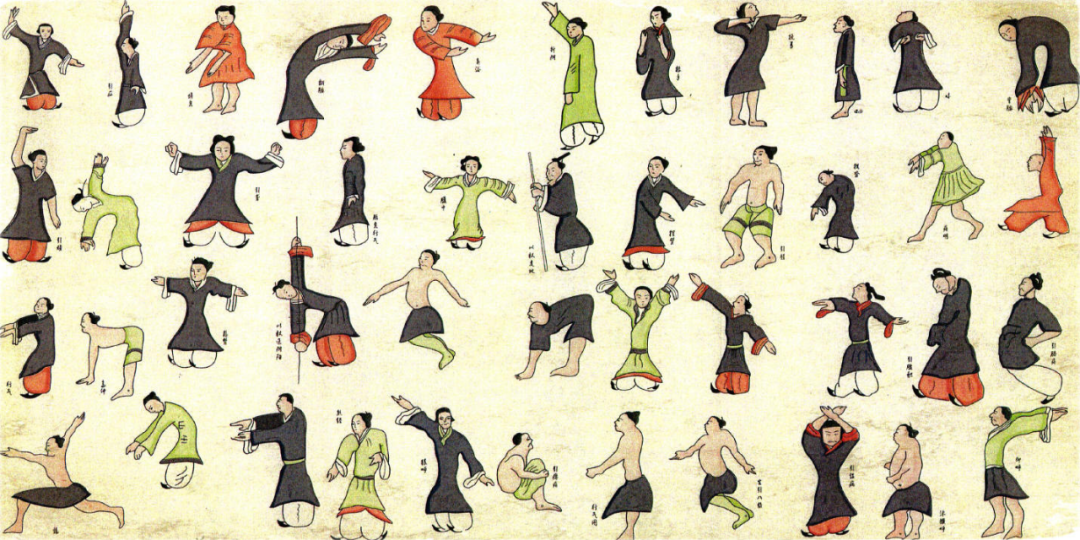
Ma Wang Dui Daoyin Diagram
Daoyin health preservation achieves a state of tranquility and focus through adjustments of body shape, movement, and breath, ultimately reaching a unity of body and spirit. Its characteristics include being guided by the foundational theories of traditional Chinese medicine, emphasizing the coordination of intention, breath regulation, and body movement, with a gradual and systematic approach that combines movement and stillness, hardness and softness, nurturing both body and spirit, and improving organ function, unblocking meridians, harmonizing emotions, and coordinating essence, qi, and spirit.
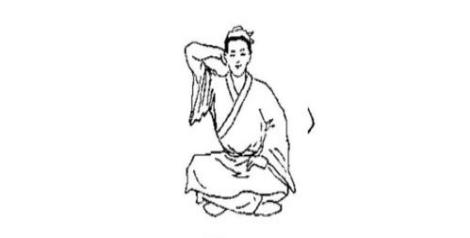
There are many types of Daoyin health preservation techniques, each with its own unique characteristics. Here, we briefly introduce a few widely practiced and effective health preservation methods.
1. Tai Chi
Tai Chi is one of the most distinctive Daoyin health preservation techniques, centered around the philosophical concepts of Tai Chi and Yin-Yang from traditional Chinese Confucian and Taoist thought. It integrates various functions such as nurturing temperament, strengthening the body, and combat techniques, combining the changes of Yin-Yang and the Five Elements from the I Ching, traditional Chinese meridian theory, ancient Daoyin techniques, and breathing exercises into a traditional Chinese martial art that emphasizes internal and external cultivation, softness, slowness, lightness, and a balance of hardness and softness.
Characteristics of the practice: movements are correct and circular, harmonizing Yin and Yang; focus is on the stance, intention follows the movement; breathing is even, and movements are gentle and expansive.
Key points for practice: maintain a calm mind, harmonize spirit and form; be relaxed and rounded, breathe naturally; use the waist as the axis, coordinate the whole body; footwork is flexible, distinguishing between solid and empty.
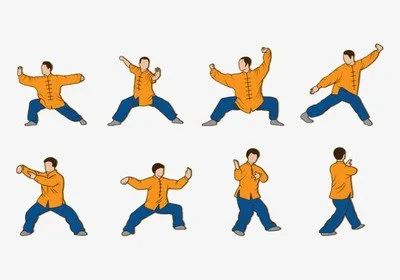
2. Ba Duan Jin (Eight Pieces of Brocade)Ba Duan Jin is the most widely practiced and influential method in ancient Daoyin techniques.Characteristics of the practice: organ coordination, meridian harmony; spirit as the master, unity of form, qi, and spirit; symmetry and harmony, combining movement and stillness.Key points for practice: be relaxed and natural, movements follow the breath; actions are precise, round, and continuous.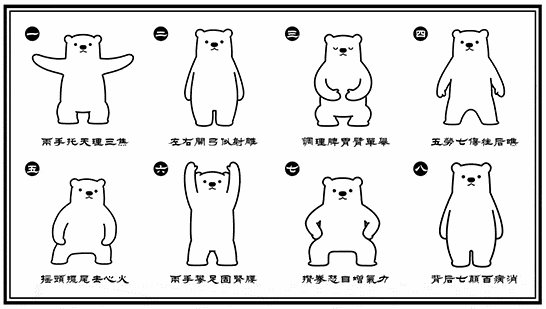 3. Liu Zi Jue (Six Healing Sounds)Liu Zi Jue, also known as the Six Healing Sounds, is a health preservation technique primarily based on breathing and vocalization. By using different pronunciations and mouth shapes for the six sounds: Xi (belonging to Lung Metal), Chui (belonging to Kidney Water), Xu (belonging to Liver Wood), He (belonging to Heart Fire), Hu (belonging to Spleen Earth), and Xi (belonging to Triple Burner), it engages different organs and meridians, enhancing their function. This technique aims to strengthen the internal organ functions, utilizing breath guidance to fully stimulate and mobilize the latent capabilities of the organs to resist disease and delay aging.
3. Liu Zi Jue (Six Healing Sounds)Liu Zi Jue, also known as the Six Healing Sounds, is a health preservation technique primarily based on breathing and vocalization. By using different pronunciations and mouth shapes for the six sounds: Xi (belonging to Lung Metal), Chui (belonging to Kidney Water), Xu (belonging to Liver Wood), He (belonging to Heart Fire), Hu (belonging to Spleen Earth), and Xi (belonging to Triple Burner), it engages different organs and meridians, enhancing their function. This technique aims to strengthen the internal organ functions, utilizing breath guidance to fully stimulate and mobilize the latent capabilities of the organs to resist disease and delay aging.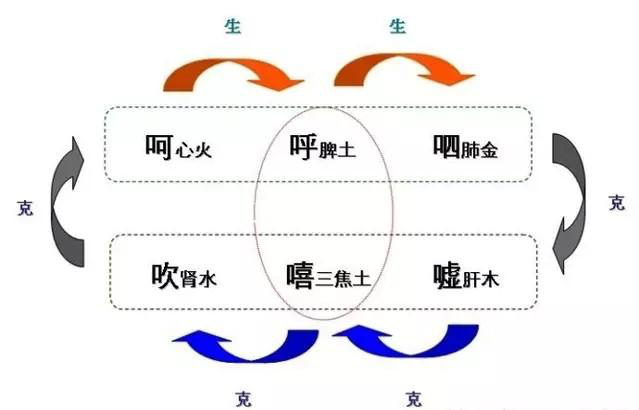 4. Wu Qin Xi (Five Animal Frolics)Wu Qin Xi is one of the representative traditional Daoyin health preservation techniques, created by mimicking the movements of five animals: tiger, deer, bear, monkey, and bird.Characteristics of the practice: mimicking the five animals, integrating form and spirit; comprehensive movement, addressing both large and small; combining movement and stillness, integrating practice and nurturing.Key points for practice: movements are precise, breath follows the movements; intention guides the practice, showcasing spirit.
4. Wu Qin Xi (Five Animal Frolics)Wu Qin Xi is one of the representative traditional Daoyin health preservation techniques, created by mimicking the movements of five animals: tiger, deer, bear, monkey, and bird.Characteristics of the practice: mimicking the five animals, integrating form and spirit; comprehensive movement, addressing both large and small; combining movement and stillness, integrating practice and nurturing.Key points for practice: movements are precise, breath follows the movements; intention guides the practice, showcasing spirit.
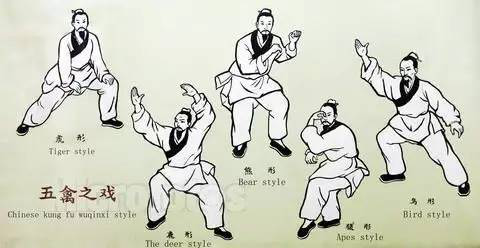
Written by: Xu QianqianImages: sourced from the internetEdited by: Zhou JieReviewed by: Wang Yan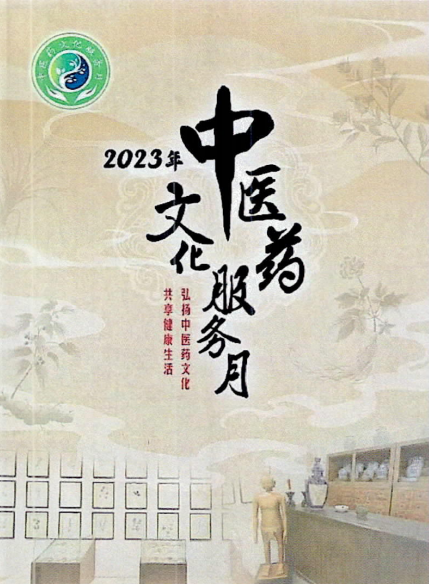
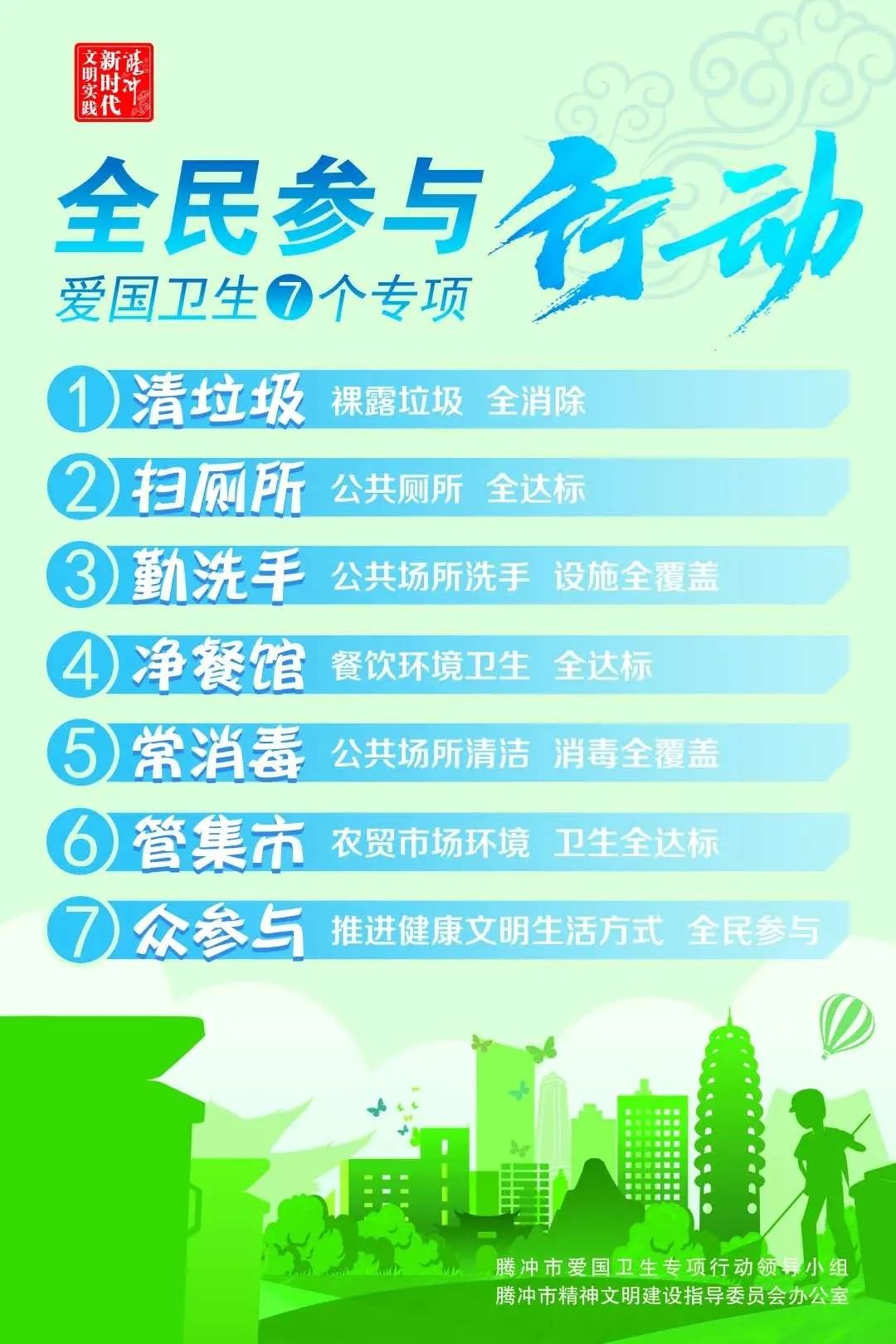

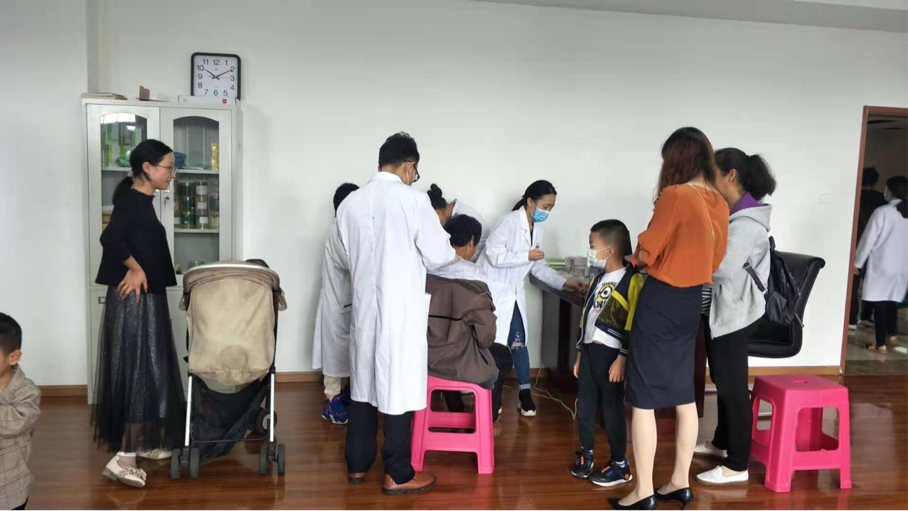
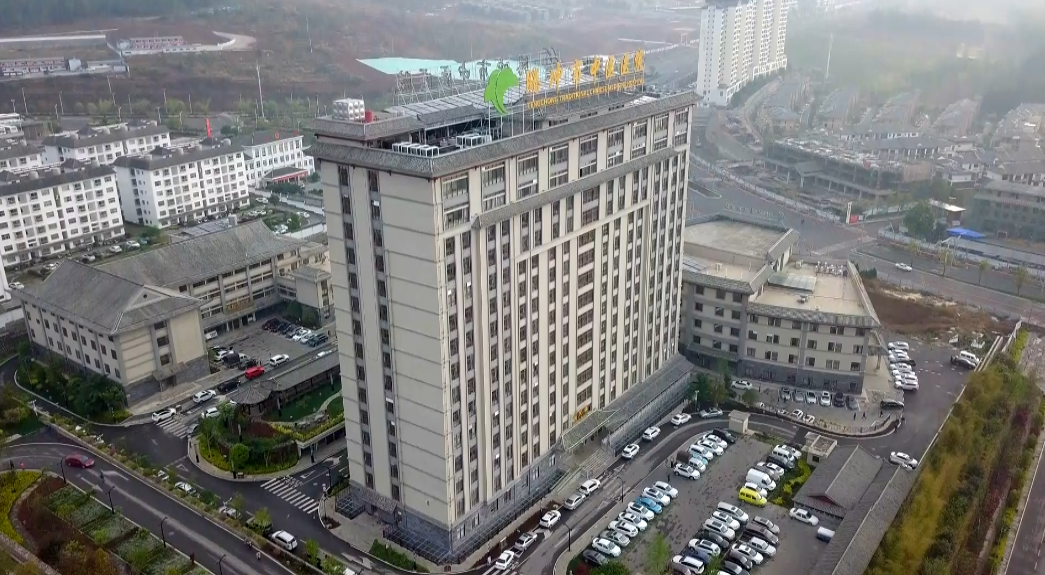
Tengchong Traditional Chinese Medicine Hospital
Bus Routes:In the city, you can take buses 1, 5, 6, 9, or 10 to “Tengchong Traditional Chinese Medicine Hospital South Gate”.Hospital Free Shuttle Service:Old Hospital Shuttle Departure Times and LocationsDaily at 8:00, 10:00, 14:00; departs from the main entrance of the old hospital.New Hospital Shuttle Departure Times and LocationsDaily at 9:00, 12:00, 16:00; departs from the inpatient building near the south gate.Appendix: Daoyin Diagram
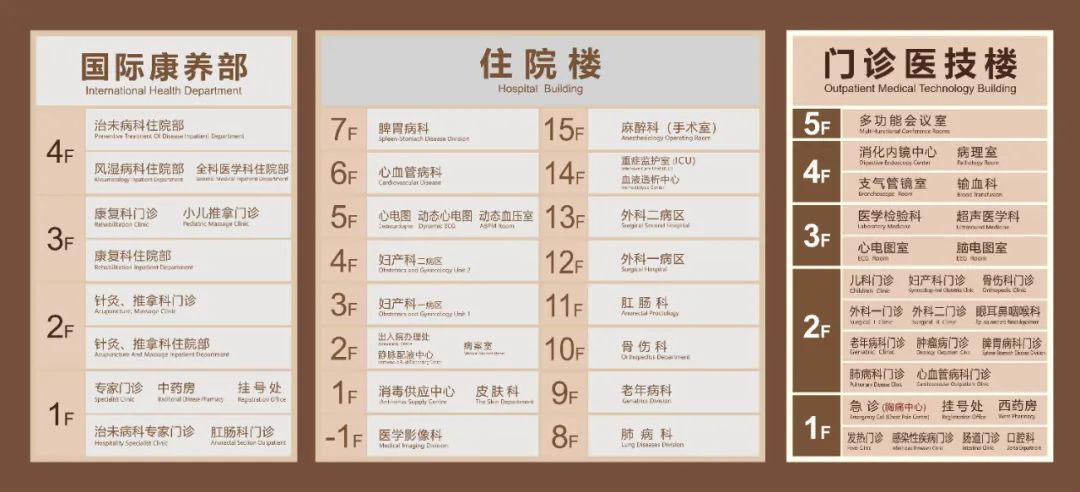
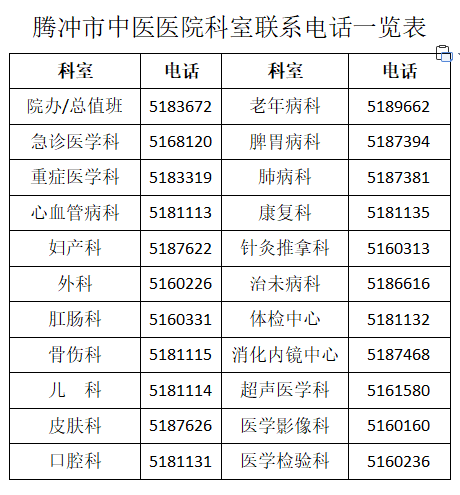

Our hospital has increased the reimbursement ratio for inpatient insurance by 10%
The deductible has been reduced by 100 yuan
More attention More love
More love

